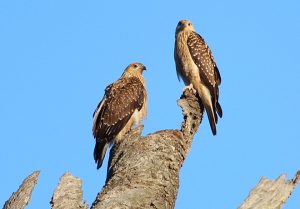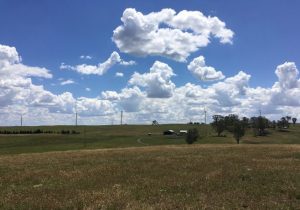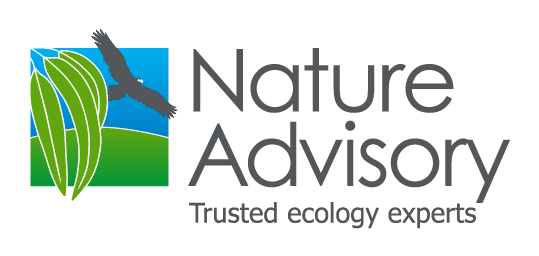
06 Jun NSW Policy
NSW Department of Planning and Environment – Policy for Assessing the bird and bat impacts of wind farms
The NSW Department of Planning and Environment commissioned a team from Nature Advisory to advise on the impacts of wind farms on birds and bats in NSW and on an amendment to the Biodiversity Assessment Method to include rigorous investigation of bird and bat impacts of wind farms.
What is involved
This included a review of existing knowledge in Australia of the impact of wind farms on birds and bats, with an emphasis on NSW. This was followed by the development of a draft policy to address collision impacts, disturbance effects and barrier effect. It included required information on a wind farm site and its birds and bats, as well as associated field survey guidelines to gather this information.
Outcome
The policy was prepared in consultation with key agency personnel, including planners and biodiversity scientists and planning specialists from the Office of Environment and Heritage. In addition, advice was provided on research and information requirements to inform decision-making under the proposed policy amendment, identifying priorities for investment in key biodiversity information in the most prospective regions of the state. The aim of this research is to provide bioregional or state-wide scale information on priority species’ distributions and population levels to provide context for decisions on predicted project impacts.
Contact Brett Lane for more information.


